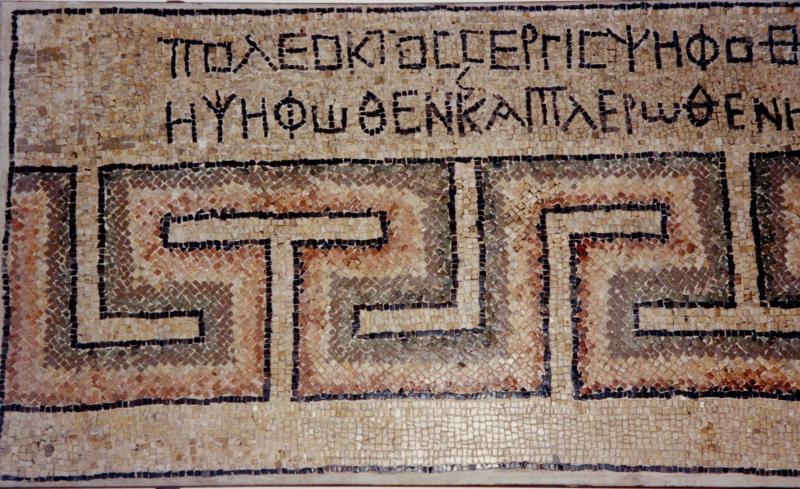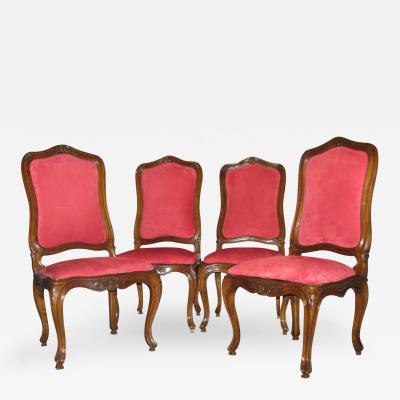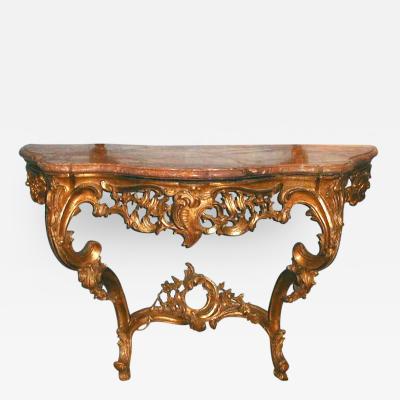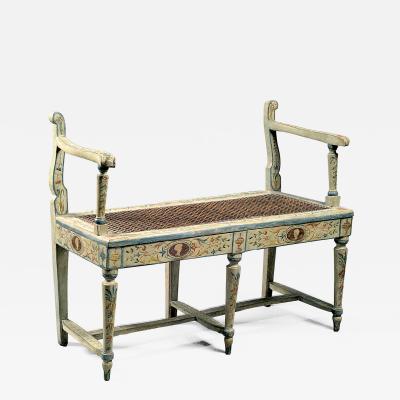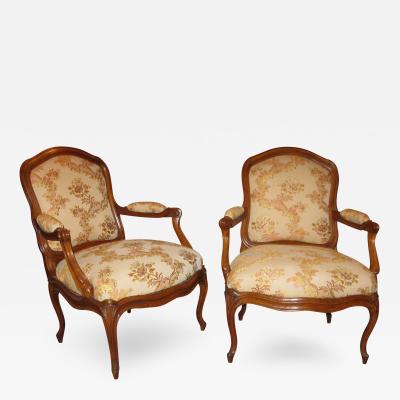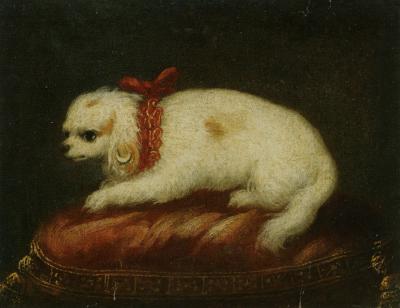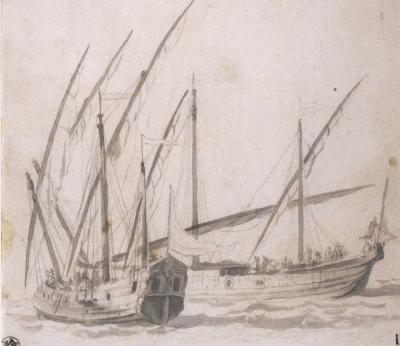- FINE ART
-
FURNITURE + LIGHTING
Shop By Category
Shop By Artist
- NEW + CUSTOM
- DECORATIVE ARTS
-
JEWELRY
Shop By Category
Shop By Artist
- INTERIORS
- MAGAZINE
Offered by:
L' Antiquaire & The Connoisseur, Inc.
36 East 73rd Street
New York City, NY 10021 , United States
Call Seller
212.517.9176
Showrooms
A Mosaic Floor Section with a Greek Key Design and Inscription
$ 36,000
-
Tear Sheet Print
- Save
- BoardAdd to Board
-
-
Description
Inscriptions:
POLIOKTOS SERGIS (name from Sergis) PSYPHOTHETIS (allowed to vote)
IOJANNIS IPSYCHOTHAI (belonging to John the noted) - interest (taxes)
The tradition of fine mosaic floor decoration flourished as an art form in Ancient Rome, and was very much appreciated and defused throughout the Roman Empire. These mosaics were excavated from Antioch, located in present day Turkey. This site was an important trading and caravan center of the Eastern Roman Empire, and was one of the four great metropolitan centers of the late classical world. It was devastated, however, by many earthquakes. One of Antioch’s most luxurious suburbs, Daphne, was excavated in 1930, by American and French archeologists, who unearthed floors as large as thirty feet. Many of these mosaics are now housed in museum collections, such as the Dumbarton Oaks Museum in Washington, D.C., The Brooklyn Museum, The Baltimore Museum of Art, and the Princeton University Museum.
Floor mosaics were called lithastratum to distinguish them from the wall or vault mosaics, which were referred to as opus musivum. The tesserae (latin for cubes or dice), have been cut in a regular shape so as to fit into the gridal cubes, are the pieces that make up the mosaic surface. The main requisite of the material, aside from colors, was its natural resistance to wear. Stone and marble, and their natural colors, determined the color schemes of mosaics in Roman times (though later, glass was also used). Two or three layers of mortar served as the setting bed, which carried the tesserae facing up; the first layer resting on a thick foundation that prevented the settling of the mortar bed and the formation of cracks. The solidarity of the mosaics depends on its close-set texture. -
More Information
Origin: Turkey Period: Pre 18th Century Materials: Tesserae mosaic Condition: Excellent. Creation Date: 4th century A.D Styles / Movements: Other, Traditional, Ancient Art Catalog References: S. Campbell, The Mosaics of Antioch, Toronto: 1988. Dealer Reference #: MOS 4-03 Incollect Reference #: 186457 -
Dimensions
W. 87.5 in; H. 26.5 in; W. 222.25 cm; H. 67.31 cm;
Message from Seller:
L' Antiquaire & The Connoisseur, Inc. specializes in European works of art, antiques, and paintings, with a rich history dating back to 1935. For more information, contact us at 212.517.9176 or info@lantiquaire.us.
Sign In To View Price
close
You must Sign In to your account to view the price. If you don’t have an account, please Create an Account below.
More Listings from L' Antiquaire & The Connoisseur, Inc. View all 172 listings
No Listings to show.
- A Set of Four Walnut and Red Velvet Side Chairs
- A Gilded Wood Console Table (tavolo da muro) with a Marble Top
- A Set of Four Carved Wood Tabourets with Original Paint and Gilding
- A Two-Seated Painted Italian Neoclassical Bench
- Chandelier, Lucca
- The Poultry Yard
- Ruins of a vaulted classical interior
- Rare Turning Louis XVI Desk Chair with Leather Upholstery
- Arch of Septimus Severus/Piazza Monte Magnanapoli
- Gentleman Standing beside Two Seated Ladies and Servant
- Italian Writing Table (Scrivania) with Leather Writing Surface
- A Pair of Walnut Armchairs (poltrone)
- A Portrait of a Maltese Sitting on a Cushion
- Two Masted Ships at Sea
- A Set of Four Walnut and Red Velvet Side Chairs
- A Gilded Wood Console Table (tavolo da muro) with a Marble Top
- A Set of Four Carved Wood Tabourets with Original Paint and Gilding
- A Two-Seated Painted Italian Neoclassical Bench
- Chandelier, Lucca
- The Poultry Yard
- Ruins of a vaulted classical interior
- Rare Turning Louis XVI Desk Chair with Leather Upholstery
- Arch of Septimus Severus/Piazza Monte Magnanapoli
- Gentleman Standing beside Two Seated Ladies and Servant
- Italian Writing Table (Scrivania) with Leather Writing Surface
- A Pair of Walnut Armchairs (poltrone)
















